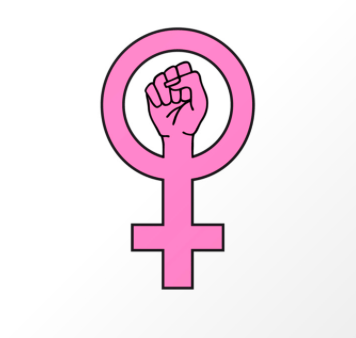
by Mira Dannawi | May 5, 2020 | Visualization
As the World is today coping with the new virus COVID-19 that spread five months ago, leading to millions of deaths behind, it has been proven that health is the most important component on the human life, and that the existence of advanced, progressive and up to date health care and health centers are crucial for an efficient health assistance for a whole given nation. As such, I found in the World bank dataset some indicators that were efficient enough to picture the correlation between health expenditures and the lifetime of infants and adults.

We can spot how health expenditure per capita varies from region to region, leaving a considerable influence on life expectancy. In fact, Europe, that has the highest health expenditure(1,200,000 $), has the highest life expectancy recording 77 years. Africa that has 61,347$ expenditures, expects an average age for its population equal to 56 years. This is very logical since the absence of social welfare, health care, and the limited number of sanitarian and health centers prevents ill people from having their medical treatments’ needs, which therefore leads to their death. However, a third indicator was included which is the infant mortality rate that has a negative relationship with the health expenditure. We can notice that Europe has the lowest rate 0.7% compared to Africa that has 6.7% mortality rate among infants. Thus, we can conclude that Europe which has the highest health expenditures has the lowest infants mortality rate because of the provision of vaccinations, and frequent followups with doctors. Whereas, in Africa, where there are a lot of diseases, there is lack of medical personnel and machinery used to assess and diagnose ill children, or infected pregnant women.
Thus, the integration of technology in health and sanitarian sector and the presence of social welfare and well-prepared medical centers proved to have a positive relationship with the health and the lifetime of people, including children.

by Mira Dannawi | May 5, 2020 | Visualization
Being a woman has been a very difficult mission from the beginning of humanity till our days, as she faces a lot of obstacles from birth till death. Speaking as a woman and as a human, I consider that gender inequality is a personnel issue that every woman should stand against, asking for equal rights to men. Therefore, I searched for data that can best track the severity of this issue, and found the dataset of the World Bank about genders. Among a set of indicators, I found one indicator that can speak it all, which is the WBL index.
A WBL index is how much a woman scores as man i.e. how much there are laws that support her and treat her equally to men in all the stages of her life: marriage, employment, salary, inheritance, entrepreneurship… Therefore, WBL index is the average score of all these factors, where a score of 100 means that a woman has the same rights as a man. The less this index is, the less women are treated as men.
In this visual, one can see that Morocco has the highest WBL index among all the countries in Arab World, where it has scored 75.6 i.e. a woman in Morocco has three quarters of a man’s rights. Lebanon is lying in the middle, and has scored 52.5 meaning that a Lebanese woman has half the rights of a man. Jordan has the lowest WBL index where it has scored 40.6. However, I tended not to include Saudi Arabia’s status because of the contradicting sources defining its status, but noting that its position in gender equality has improved remarkably after the reforms taken by the government.

In order to reduce this gap between men and women, governments should update their laws to give equal rights for both genders, tackling all the previously mentioned factors: marriage, employment, salary… Moreover, children and parents should be educated that men and women are of equal importance and no gender is superior to the other, given the fact that humanity wouldn’t have continued to exist without the existence of both men and women. Thus, genders should be given equal rights.



